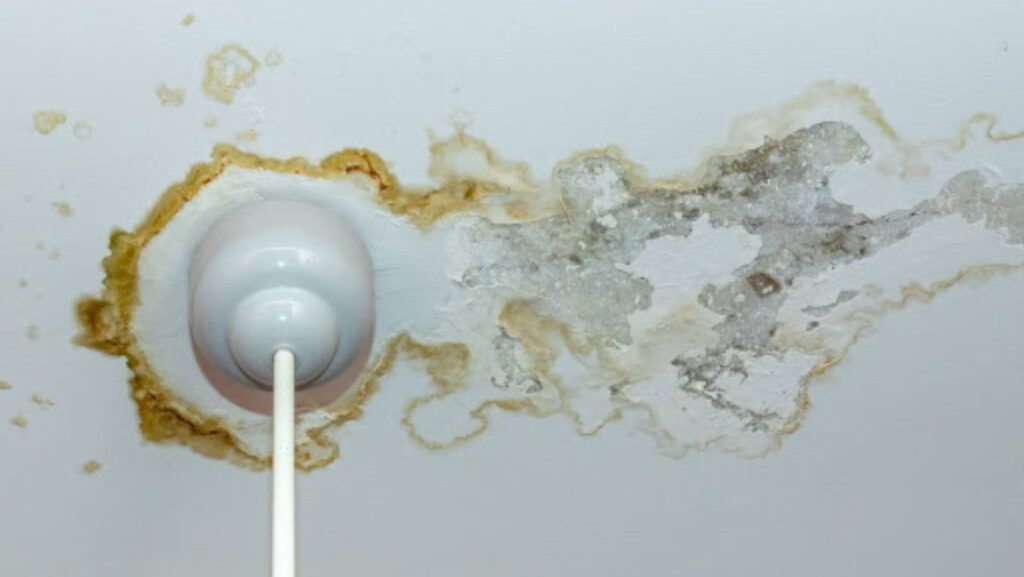
Detecting water leaks before they turn disastrous is crucial for homeowners. When left unchecked, water leaks can cause significant damage, such as mold growth, structural deterioration, and inflated water bills. Not to mention, the longer a leak goes unaddressed, the more costly it becomes. 
Understanding the Common Sources of Water Leaks
Water leaks can manifest in various home areas, often beginning in places where plumbing is prevalent. Bathrooms and kitchens top the list as they are packed with faucets, pipes, and appliances. As plumbing materials age and wear down, leaks become more likely. Weather events can exacerbate this risk, with heavy rains and freezing temperatures posing additional threats. Recognizing signs of leaks, such as damp spots, discoloration on walls or ceilings, a continual sound of dripping water, or unusual spikes in the water bill. These indicators often point to underlying issues that should be addressed.
Tools and Equipment You’ll Need for Detecting Water Leaks
To efficiently detect water leaks, a few essential tools can make the job significantly easier. Moisture meters and leak detectors are invaluable for identifying areas of excess moisture hidden from plain sight. A reliable flashlight and inspection mirrors also allow for comprehensive checks in tight or dark spaces. Food coloring can detect toilet leaks—simply add it to the tank and see if it appears in the bowl without flushing. Chalk, on the other hand, helps in tracing leaks by marking affected areas. Investing in quality tools is advisable as they provide more precise and effective results, making them a worthier long-term investment.
Step-by-Step DIY Inspection Methods
A systematic approach to inspecting potential leaks starts with your water meter. Leaks can be identified if the reading changes by taking a meter reading, ensuring no water is being used in the house, and rechecking the reading after two hours. Inspecting faucets, showers, and toilets is the next step. Checking for small drips or a slight hissing sound can signal a problem that needs attention. For a deeper understanding of how to detect water leaks before it’s too late, homeowners can also explore advanced techniques and resources that ensure no signs are overlooked.
Examining ceilings and walls for water stains, damp spots, or peeling paint can also reveal leaks. Additionally, check out for unusual sounds in your plumbing systems, especially after all taps are turned off. Sometimes, the sound of running water can indicate a concealed leak. This combination of observation and systematic inspection helps catch leaks early.
Preventive Measures to Avoid Future Water Leaks
Preventing future leaks involves adhering to regular maintenance routines for plumbing systems. Simple actions, like checking pipes for rust or looking for cracks, can help. Insulating pipes is vital during colder months to prevent freeze-related leaks. Modern solutions, like installing water leak detection systems, offer an early warning before damage escalates. Equally important is the prompt repair of any identified issues and, when necessary, consulting with professionals to address more significant concerns. These preventive measures go a long way in maintaining the integrity of home systems and ensuring that minor issues don’t lead to significant damage.
When to Call a Professional
While DIY methods are helpful for regular inspections, sure signs necessitate a call to a professional. Persistent leaks, mold growth, or growing water stains are a few indicators. Complex issues such as slab leaks require specialized assessment tools and expertise beyond the scope of typical DIY measures. Ignoring such problems can result in severe damage, so it’s better to be safe than sorry. Developing a relationship with a trusted plumbing professional is beneficial for routine repairs and emergencies, ensuring you have an expert you can rely on when needed.
Regular DIY inspections are instrumental in preserving a home’s structural integrity and averting costly damages. By adopting proactive measures, homeowners can effectively prevent water damage before it’s too late. Equipping oneself with the right tools and knowledge empowers homeowners to undertake inspections confidently. Regular checks and repairs should be prioritized, granting homeowners greater peace of mind in protecting their investment.













